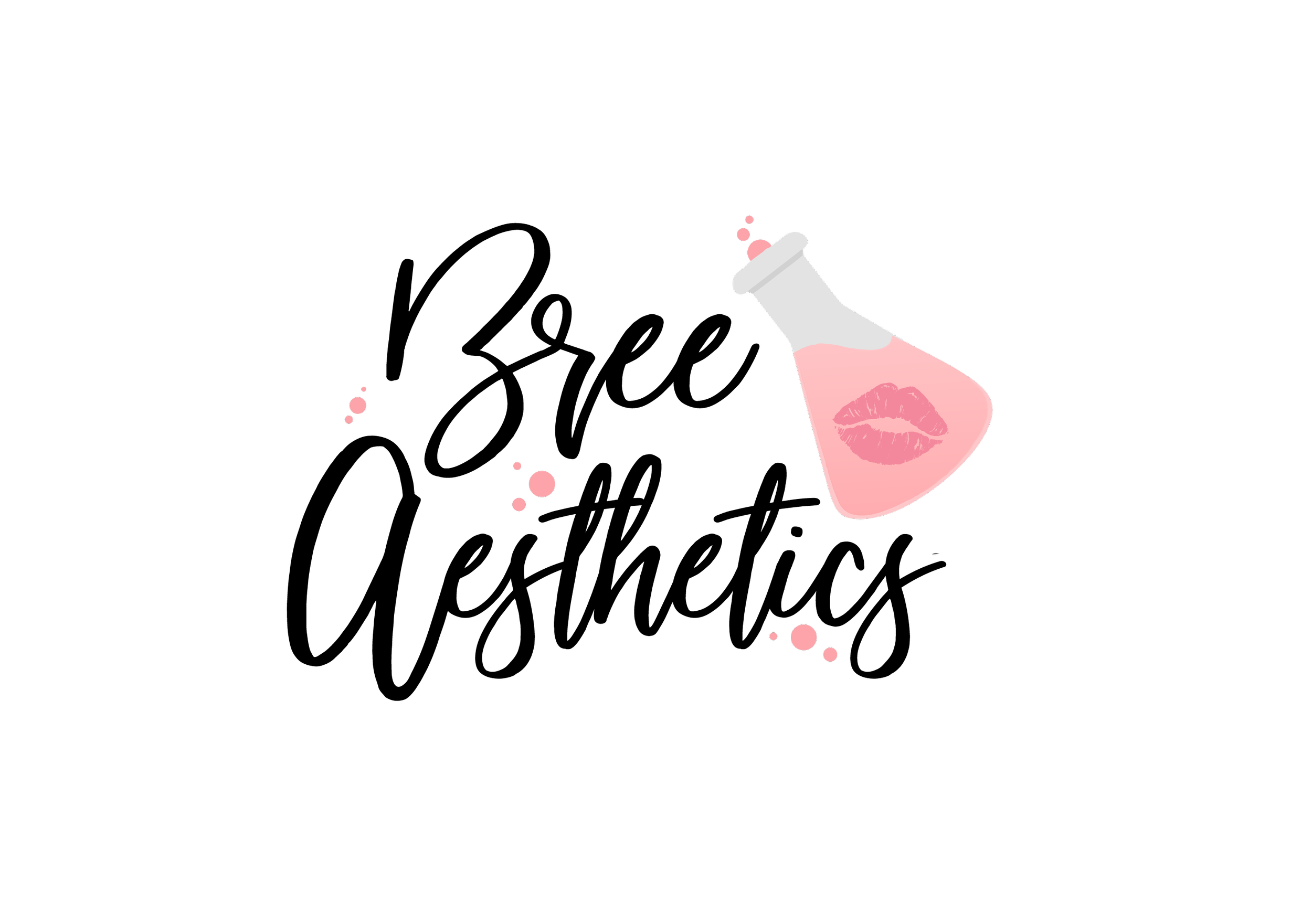What is Hormonal Acne?
Hormonal acne is primarily caused by fluctuations in hormone levels, particularly an increase in androgens. Androgens are male sex hormones that are present in both males and females, although they are typically at higher levels in males. The most relevant androgen when it comes to acne is testosterone.
Here's how hormonal changes can contribute to the development of acne:
1. **Increased Sebum Production:** Androgens stimulate the sebaceous (oil) glands in the skin to produce more sebum (oil). This excess oil can combine with dead skin cells and clog pores, creating an environment conducive to the growth of acne-causing bacteria.
2. **Changes in Skin Cell Shedding:** Hormonal fluctuations can influence the rate at which skin cells are shed and replaced. If the shedding process is disrupted, it can contribute to the formation of acne lesions.
3. **Inflammation:** Hormonal changes can also lead to increased inflammation in the skin. Inflammatory processes play a role in the development of acne, causing redness, swelling, and discomfort.
4. **Increased Propensity for Bacterial Growth:** The combination of excess oil production and changes in skin cell shedding creates an environment where Propionibacterium acnes (P. acnes), a type of bacteria that contributes to acne, can thrive.
Hormonal acne is most commonly associated with certain life stages when hormonal fluctuations are more pronounced. These stages include:
- **Adolescence:** Hormonal changes during puberty can lead to increased androgen production, contributing to the development of acne.
- **Menstrual Cycle:** Many women experience hormonal acne flare-ups around the time of their menstrual cycle. This is often referred to as menstrual or hormonal acne.
- **Pregnancy:** Hormonal changes during pregnancy can also affect the skin, leading to acne in some women.
- **Menopause:** Hormonal fluctuations during menopause can sometimes lead to changes in the skin, including the development of acne.
It's important to note that other factors, such as genetics, diet, stress, and skincare habits, can also influence the development of acne. If hormonal acne is persistent or severe, it's advisable to consult with a healthcare professional, such as a dermatologist, who can provide personalized advice and, if necessary, prescribe appropriate treatments to manage the condition.
Hormonal acne can occur in various areas of the face and body, but it often follows a specific pattern related to the distribution of sebaceous (oil) glands and hormonal sensitivity. The most common areas for hormonal acne to appear include:
1. **Lower Face:** Hormonal acne often concentrates on the lower part of the face, including the jawline, chin, and neck. Breakouts in these areas are frequently associated with hormonal fluctuations.
2. **Jawline and Chin:** Acne along the jawline and chin is a classic sign of hormonal acne. Lesions in these areas may be more cystic or nodular in nature.
3. **Cheeks:** While less common than the jawline and chin, hormonal acne can also affect the cheeks. This is particularly true if the hormonal imbalance is more severe or if other factors contribute to acne development.
4. **Back and Chest:** Hormonal acne can extend beyond the face to the back and chest. These areas also have sebaceous glands and can be prone to acne, especially in individuals with hormonal imbalances.
The distribution of acne can vary among individuals, and not everyone with hormonal acne will experience breakouts in the same areas. Factors such as genetics, overall skin health, and lifestyle can also influence the location and severity of acne.
It's important to note that while hormonal acne tends to be more common in certain areas, other types of acne, such as comedonal acne or bacterial acne, can occur on different parts of the face and body. If you are experiencing persistent or severe acne, particularly if it is impacting your quality of life, it's advisable to consult with a dermatologist. They can help identify the specific type of acne you have, determine potential causes, and recommend appropriate treatments.
